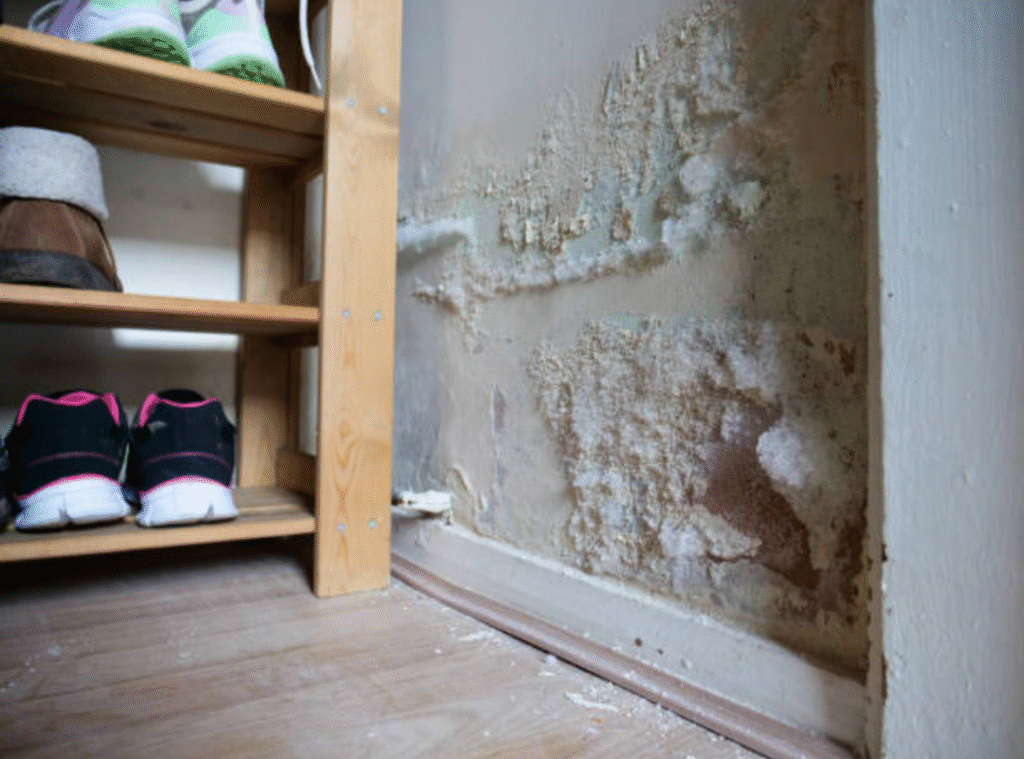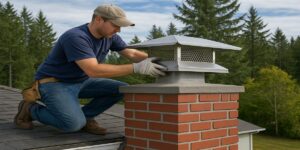
How to Avoid Moisture Problems in New Homes
Moisture problems are among the most common and costly issues homeowners face, especially in new builds. Despite the use of modern construction materials and technology, excess moisture can silently cause long-term damage, from mold growth to structural decay. For new homeowners, these problems often come as an unpleasant surprise, undermining the joy of moving into a brand-new space. By understanding the causes of moisture intrusion and taking proactive steps during the design and construction phases, it’s entirely possible to prevent these issues. With the right knowledge, homeowners can protect their investment and ensure a healthy indoor environment for years to come.
Understanding the Causes of Moisture Problems
Before solutions can be implemented, it’s crucial to understand where moisture problems begin. In most cases, moisture finds its way into a home through poorly sealed building envelopes, improper drainage systems, or inadequate ventilation. Even seasonal changes—like Ontario’s harsh winters and humid summers—can contribute to fluctuating moisture levels inside the home. Other common culprits include plumbing leaks, basement seepage, and condensation resulting from daily activities like cooking, showering, and laundry. These sources may seem minor at first, but over time, persistent moisture can lead to rot, mold, and even compromise the structural integrity of a home.
The Role of Building Materials and Design
Choosing the right materials and designing with moisture control in mind are key to preventing future issues. Vapor barriers, water-resistant drywall, and properly installed insulation can significantly reduce the risk of moisture problems. During the early planning stages, architects and builders should incorporate moisture management strategies into the design, such as roof overhangs to direct rainwater away from the structure and sloped grading around the foundation to encourage drainage. Proper window placement and double-sealed frames also minimize the chance of leaks. In colder climates, thermal bridging—where heat escapes through less-insulated materials—can cause condensation, so preventing these weak points is essential in moisture-resistant home design.
Best Practices During Residential Construction
When it comes to residential construction in Markdale, Ontario, builders must follow moisture-prevention protocols from the ground up. The foundation should be waterproofed using a combination of sealants and drainage boards. Concrete should be allowed to cure fully before framing begins to prevent trapped moisture. Roofing materials must be installed with care, ensuring that flashing, shingles, and gutters are properly aligned. Ventilation systems, including attic fans and soffit vents, help regulate humidity levels and reduce condensation. Builders in Markdale and similar regions must also consider snow accumulation and how meltwater might affect exterior walls and foundations. Thorough inspections during each construction phase can help identify potential problem areas early.
Importance of Proper Ventilation Systems
A well-ventilated home is one of the strongest defenses against moisture problems. Modern ventilation systems like HRVs (Heat Recovery Ventilators) and ERVs (Energy Recovery Ventilators) maintain balanced air exchange while preserving energy efficiency. These systems remove stale, humid air and replace it with fresh, filtered air from outside—an essential function in tightly sealed new homes. Bathrooms, kitchens, and laundry rooms should also have localized exhaust fans to handle spikes in humidity. Importantly, all vents must be directed outside the home, not into attics or crawlspaces, where trapped moisture can accumulate and foster mold growth. Routine maintenance of these systems ensures they function at optimal efficiency year-round.
Sealing the Building Envelope
An airtight building envelope keeps moisture out and conditioned air in. Caulking around windows and doors, sealing gaps in siding, and using weatherstripping are all techniques that enhance the integrity of a home’s exterior. Spray foam insulation offers both high R-value and excellent air sealing capabilities, making it a top choice for new construction. Basements and crawlspaces, often prone to moisture infiltration, should have vapor barriers installed over exposed soil and between insulation layers. When properly sealed, the building envelope acts as a fortress against outdoor moisture and air leaks, contributing not only to comfort and energy savings but also to long-term structural health.
Indoor Humidity Control Strategies
Controlling indoor humidity levels is just as important as exterior moisture management. Ideally, indoor humidity should be kept between 30% and 50% year-round. Dehumidifiers play a crucial role, especially in basements or during warmer months. Smart thermostats and humidity sensors can help monitor and manage moisture levels with minimal effort. Avoiding excessive indoor plant watering and promptly fixing leaks under sinks or behind appliances are simple yet effective strategies. Flooring materials also make a difference—ceramic tiles, vinyl, and engineered hardwood resist moisture better than traditional hardwood or carpet. By staying attentive to indoor air quality and humidity, homeowners can reduce the risk of condensation and microbial growth.
The Long-Term Impact of Moisture Damage
Unchecked moisture problems can quickly escalate into serious damage, both structurally and financially. Wood rot, rusted fasteners, and deteriorated drywall are just the beginning. Mold spores can infiltrate HVAC systems, spreading throughout the home and posing health risks such as allergies, asthma, and respiratory issues. Over time, repairs become increasingly costly, often requiring extensive renovations or replacements. Insurance claims related to water damage are not always straightforward and may not cover issues due to poor maintenance or construction oversights. Therefore, the importance of early detection and long-term prevention cannot be overstated. Investing in moisture control from the outset pays dividends in reduced repairs and enhanced living conditions.
Moisture-Resistant Landscaping Tips
Landscaping may seem unrelated to indoor moisture problems, but it plays a significant role in keeping water away from your home’s foundation. Grading the yard to slope away from the building ensures rainwater naturally flows outward rather than pooling. Installing French drains or swales helps manage heavy runoff during storms. Choosing native plants with lower water needs reduces irrigation demands, while using mulch can prevent soil erosion and maintain moisture balance in the yard. For homes with basements, ensuring that gutter downspouts extend well beyond the foundation is crucial. These external strategies work hand in hand with internal controls to create a comprehensive moisture management plan.
Conclusion
Moisture problems may be invisible at first, but their long-term impact can be devastating for any home, especially new constructions where expectations for longevity and comfort are high. By understanding the causes, using the right materials, and implementing best practices throughout the design, build, and maintenance phases, homeowners can prevent these issues before they start. Whether you’re working with a local builder or planning your next home yourself, integrating smart moisture control strategies will protect your investment, promote a healthier indoor environment, and ensure your home remains strong and secure for generations to come.






